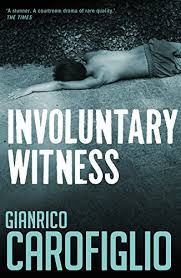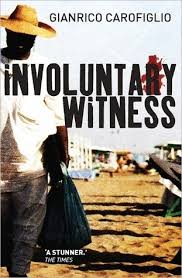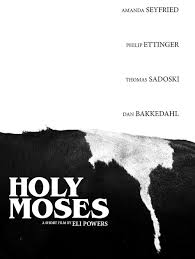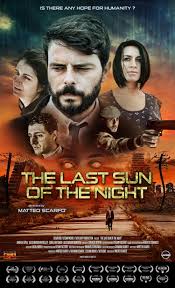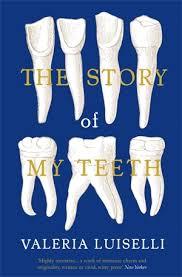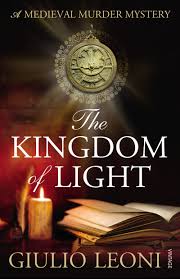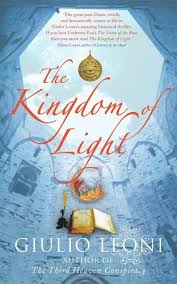Genre: Sy Fy: Species: Epic poem; subspecies: Blank verse.
Good Reads meta-data is 157 pages, rated 3.85 by 3001 litizens.
DNA: Sweden.
Verdict: 47.
Tagline: Helvetet är andra människor. (Hell is other people.)

This epic poem is the basis of an opera, and four films. Whew! When the author was awarded the Nobel Prize in Literature in 1974 this volume was named as the second most important book published in Swedish. Double whew! The only Nobel Prize for SyFy, apart from those in economics.
What’s the story then?
Aniara, a routine shuttle carrying 8,000 people, lifts off for Mars from a despoiled Earth. (‘I told you so,’ said Greta, again.) It is a three-week flight aboard this Volvo ferry with its casino, IKEA shopping maze, theatres, and other mod cons with 2000 rooms, each with an en suite bathroom(?). Millions have taken this ride before. But hardly has this one left Earth orbit for the jaunt when the unimaginative writer’s friend, a meteor shower, strikes. The contractor who built Aniara did not anticipate such an occurrence and the ship is damaged. Like the mighty KM Bismarck, the Aniara’s rudder is mangled and the craft cannot be steered. Instead it is thrown well off course toward the light-centuries distant Lyra constellation.
Pippi Longstocking, Max von Sydow’s knight, Inspector Beck, Björn Börg, Olof Palmé, Greta (not you know whom) Garbo, and other Swedish stereotypes are on board. The crew attempts repairs without success; nor is there is any emergency road service from Volvo for Aniara. These 8000 are now condemned to live out their lives, as are their descendants, within this metallic shell on the way to Lyra where they will never arrive (because the ship itself will wither en route into a Marie Celeste hulk). What meaning is there in this existential crisis? See above.
(Was this the basis for StarLost in 1973. Hope not. But it is a trope in a lot of SyFy before and after 1956 – the ark as coffin.)
In addition to all the other short term diversions the ferry has Mima with its minder. What is Mima? Mima is an AI as conceived in 1956. It is referred to in the same casual I might refer to my iMac, and so I can only guess what it is. Mima is there to inform, entertain, educate, and pacify passengers during the short trip to Mars. It has a repository of tapes, both video and audio, but it also receives and intercepts transmissions from the ether, including from Earth. Intended to function mostly as a diversion for three weeks at a time, when left on continuously for the years of this journey it becomes increasingly self-conscious, and it is aware of the situation. It is sentient enough to realise the hopeless situation even as it itself wears out, those flash drives and circuit boards are not immortal, and Mima is sentient enough to feel dread of the darkness to come. The minder became the central character in the two film versions I have seen.

So for the first few months or even years Mima keeps up a happy face, but like Grock the clown Mima grows melancholy as it ages and becomes decrepit. The CDs wear out from repeated spins. It receives incomprehensible transmissions, perhaps from alien beings. It loses contact with dying Earth long before all that.
(Note to self: turn off Dexter, iMac, before it becomes sentient.)
Mima mirrors the hopes of the passengers and as this robot loses hope, so do they, or vice versa. On board the population re-enacts much of the stupidity of life on Earth. There is wasteful use of resources that seem to be infinite on the Aniara. Salvation cults come and go. Orange demigods strut and fret. First there is unlimited orgy followed by celibacy. Human sacrifice was a short-lived fad. (Get it?) Through it all the Aniara drifts on.
***

It is partly a take on a common Cold War setting of mixed group of survivors of a nuclear war, having to deal with each other. e.g., Five (1951), Day the World Ended (1955), On the Beach (1959), This is not a Test (1962), The Earth Dies Screaming (1964), and many more. This trope has since been done to death and well past that in the Post-Apocalyptic genre that has exploded in recent times. But in this case not one of the passengers is a distinctive personalities.






